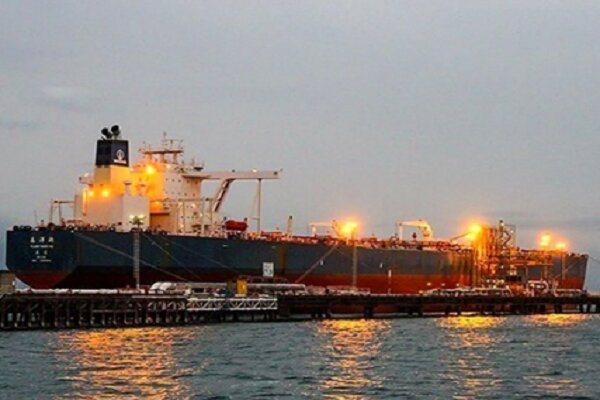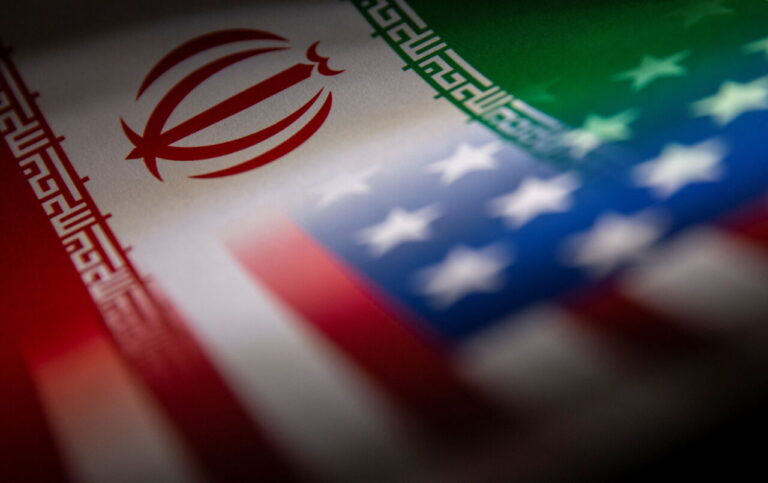US Unleashes New Illegal Sanctions Targeting Iran’s Oil Exports
In a significant development in international relations, the United States has imposed new sanctions targeting Iran’s oil industry. This latest move is part of an ongoing effort to curb Iran’s crude exports and disrupt its oil trade, which has been a focal point of U.S. foreign policy. The sanctions, announced on Monday, affect over 30 brokers, tanker operators, and shipping companies involved in the sale and transportation of Iranian petroleum, as reported by the Treasury Department.
These sanctions arise amidst President Donald Trump’s ongoing campaign to reduce Iran’s oil exports to zero. This strategy is not only an extension of previous sanctions imposed by his administration but also builds upon the framework established by the Biden administration. The goal remains to exert maximum pressure on Iran following the United States’ withdrawal from the 2015 nuclear deal in May 2018.
Key Points of the Sanctions:
- Over 30 entities targeted, including brokers and tanker operators.
- Part of an ongoing effort to reduce Iran’s crude exports.
- Continues the policy of maximum pressure initiated during Trump’s presidency.
- Aimed at disrupting Iran’s shadowy oil trade networks.
Treasury Secretary Scott Bessent emphasized the challenges faced by the U.S. in curtailing Iran’s oil sales, stating, “Iran continues to rely on a shadowy network of vessels, shippers, and brokers to facilitate its oil sales.” This highlights the complexity of the situation, as Iran has adeptly navigated sanctions through various means.
The Trump administration reimposed sanctions on Iran shortly after taking office in January, signaling a tougher stance on Tehran. Meanwhile, the Biden administration has continued the previous administration’s policies, focusing on the so-called Maximum Pressure Campaign. This approach has come under scrutiny as it raises questions about its effectiveness in achieving its stated goals.
Recent media reports indicate a rebound in Iran’s oil exports, particularly to China. According to data from Kpler, as cited by Bloomberg, Iranian oil exports to its largest buyer are set to average 1.74 million barrels per day in February. This figure represents a remarkable 86% increase from January’s flows, suggesting that Iran has found ways to adapt despite the sanctions.
Factors Contributing to the Increase in Exports:
- Opening of new receiving terminals.
- Increased ship-to-ship transfers.
- Strong demand from China, highlighting the resilience of Iran’s oil trade.
While the sanctions are intended to diminish Iran’s oil exports significantly, it remains uncertain whether these measures will achieve their intended results. Analysts have expressed skepticism about the potential impact of Trump’s latest sanctions on Iran’s oil trade, particularly in light of recent export increases.
As the geopolitical landscape continues to evolve, the effectiveness of sanctions as a tool for influencing Iran’s behavior will be closely monitored. The interaction between U.S. sanctions, Iran’s oil exports, and the global oil market remains a critical area of focus for policymakers and analysts alike. The situation is fluid, and developments in this arena could have far-reaching implications for international relations and energy markets.
With these sanctions in place, the U.S. government is likely to continue its scrutiny of international oil trade involving Iran. The ongoing struggle between economic sanctions and Iran’s ability to maintain its oil exports will be pivotal in shaping future U.S.-Iran relations.
In conclusion, the United States’ imposition of sanctions on Iran’s oil industry reflects a broader strategy aimed at curtailing Tehran’s influence and economic capability. As the situation develops, stakeholders in the global oil market and international relations will need to stay informed about the implications of these actions on future trade and diplomatic efforts.






